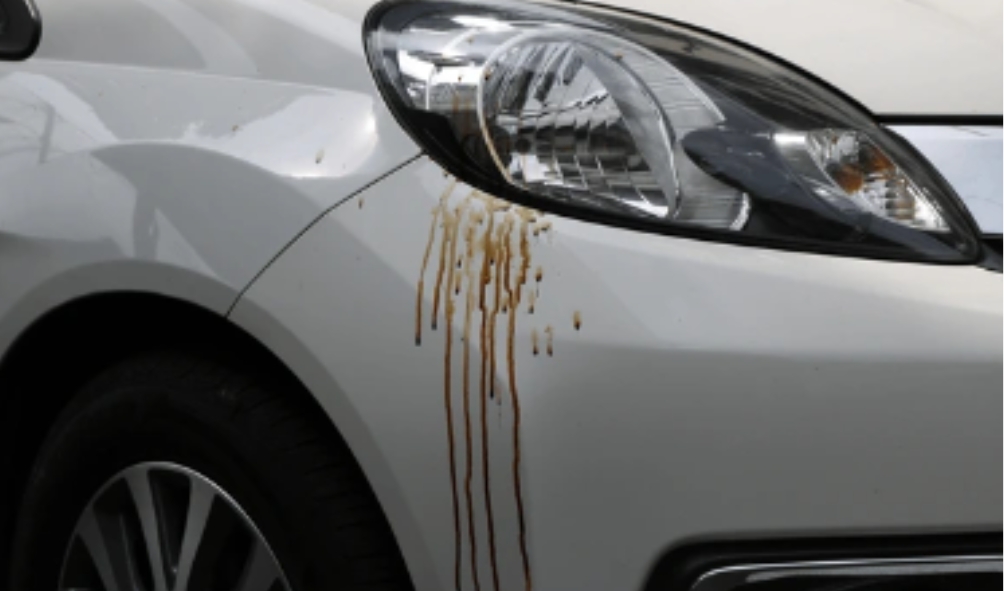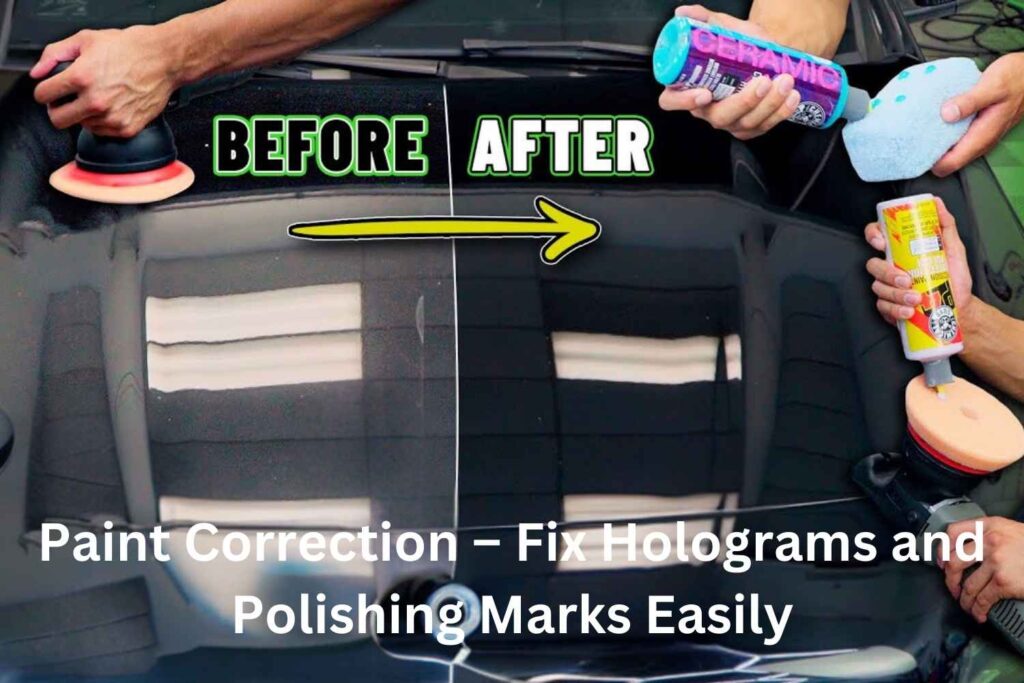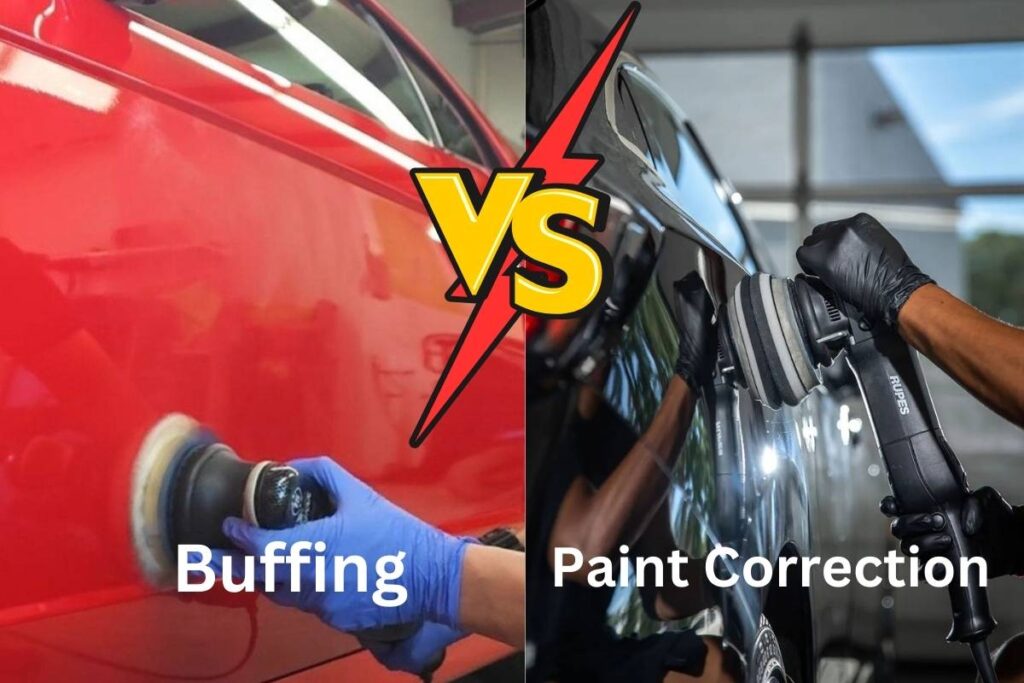Got tree sap stuck on your car and wondering, Will Vinegar Remove Tree Sap from Car effectively? Tree sap is sticky, stubborn, and frustrating to deal with, especially once it hardens on your car’s paint. Many car owners turn to vinegar as a quick and natural fix—but does it actually work? And can it remove the sap without harming your car’s finish?
This blog will answer all your questions and provide clear, simple steps to safely use vinegar for sap removal. You’ll also discover how to protect your car’s paint and prevent sap from becoming a recurring problem. By the end, you’ll know exactly what to do to keep your car looking spotless and damage-free.
Table of Contents
ToggleUnderstanding Tree Sap and Its Effects on Car Paint
Tree sap is sticky. It can stick firmly to the car’s surface and does not wash away easily with water. Once it dries, it hardens and becomes even harder to remove. Sap contains chemicals that can harm your car’s paint if left for too long.
Heat from the sun can make the sap worse. It bakes the sap onto the surface, making it bond with the paint. This can leave stains or even dull spots on the car. If the sap is not removed, it might damage the clear coat, which protects the paint.
Removing sap quickly is important. It helps protect the paint and keeps your car looking clean. The longer sap stays on the car, the harder it is to remove.
Effectiveness of Vinegar in Removing Tree Sap
Vinegar is a common household item. People often use it for cleaning because it is safe and affordable. The acid in vinegar helps break down sticky substances like tree sap. It works by softening the sap so it can be wiped away easily.
Vinegar is gentle on car paint when used correctly. It does not contain harsh chemicals that can damage the surface. Many car owners use it to clean tough stains, and it has shown good results with tree sap too.
Using vinegar is not complicated. It does not require special tools or expensive products. With a few steps, it can remove sap safely and effectively. Proper use is key to getting the best results.
Step-by-Step Guide to Using Vinegar for Sap Removal
Materials You Need:
- White vinegar
- Microfiber cloths
- Warm water
- Mild car wash soap
- Bucket or spray bottle
Steps to Follow:
- Prepare the area
Park the car in a shaded spot. Direct sunlight can make the process harder by drying the vinegar too quickly. Clean the area with warm water and soap. This removes dirt and makes it easier to focus on the sap. - Apply the vinegar
Soak a microfiber cloth with white vinegar. Place the cloth over the sap spot. Let it sit for 5 to 10 minutes. This softens the sap and makes it easier to wipe away. - Rub gently
Take the same cloth and rub the sap in a circular motion. Do this slowly to avoid scratching the paint. For tough spots, soak the cloth again and repeat. - Rinse the area
Use warm water to rinse off the vinegar and any sap residue. This keeps the area clean and avoids streaks on the paint. - Dry and protect
Dry the area with a clean microfiber cloth. Apply a layer of car wax to protect the paint and give it a shiny finish. Waxing also prevents sap from sticking in the future.
Precautions and Considerations of Vinegar in Removing Tree Sap
Vinegar is safe for car paint when used carefully. It is important to follow a few precautions to avoid damage.
Always test vinegar on a small, hidden area of the car first. This helps ensure it does not affect the paint or finish. Use white vinegar only. Other types of vinegar, like apple cider vinegar, may not work as well and could leave a residue.
Do not let vinegar sit on the car for too long. Extended exposure can strip away wax or affect the clear coat. Keep the area wet and clean it quickly after removing the sap.
Use a soft microfiber cloth. Rough materials can scratch the paint and cause more damage. Avoid using too much pressure when rubbing off the sap.
Follow up with car wax after cleaning. Waxing adds a protective layer to the paint. It also prevents future sap from sticking as strongly.
These steps help keep your car safe while using vinegar for sap removal.
Conclusion
Tree sap can be stubborn, but vinegar is a simple and effective solution. It works by softening the sap, making it easy to clean without harming the car’s paint. The steps are easy to follow and require basic materials you likely already have at home.
Act quickly when sap lands on your car. This prevents damage and keeps the process simple. Always test vinegar on a small spot before using it. Follow up with wax to protect your car’s surface and make future cleaning easier.
Preventing sap is better than cleaning it. Park away from trees and use a car cover when needed. Regular washing and waxing help maintain your car’s shine and protect the paint.
By using these tips, you can remove sap safely and keep your car looking great.
Frequently Asked Questions (FAQs)
Can vinegar damage my car’s paint?
Vinegar is generally safe for car paint when used properly. Always test it on a small, hidden area first to ensure no adverse effects.
What type of vinegar should I use?
Use white vinegar for removing tree sap. It is effective and less likely to leave stains compared to other types.
How long should I let the vinegar sit on the sap?
Let the vinegar-soaked cloth sit on the sap for 5 to 10 minutes. This softens the sap, making it easier to wipe away.
What if the sap doesn’t come off after using vinegar?
If sap remains, repeat the process. For stubborn spots, consider using a commercial sap remover or seek professional help.
How can I prevent tree sap from getting on my car?
Avoid parking under trees, especially during sap season. Using a car cover can also protect your vehicle from sap and other debris.







